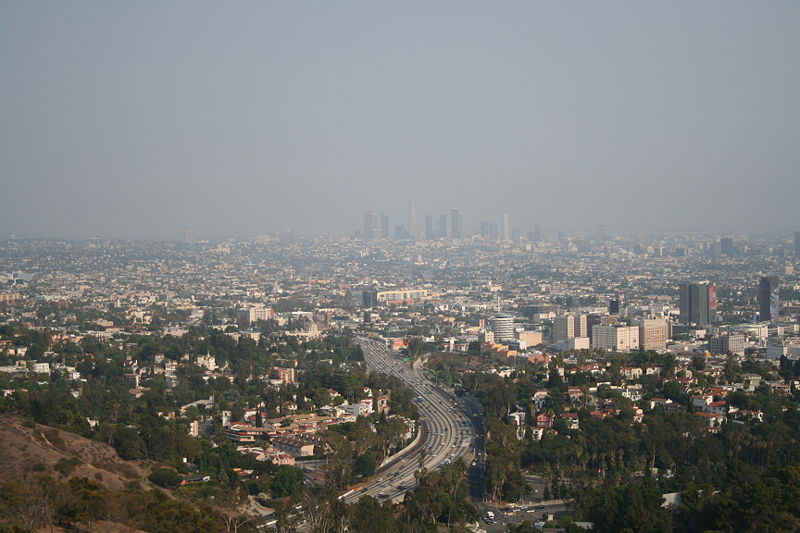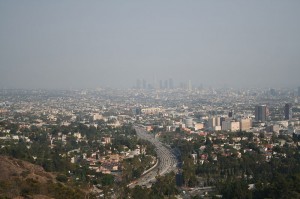New Study Links Climate Change to Higher Medical Costs

When I speak to lawmakers and business leaders about the costs of climate change, they tend to think in terms of damaged property and lost agricultural revenue. Certainly the fires in Texas and the flooding from Vermont to Virginia have brought home the staggering costs associated with rebuilding homes and replanting crops. But one cost of extreme weather has gone nearly unreported: health care.
In a groundbreaking study published recently in Health Affairs, a group of NRDC scientists and university economists looked at six climate-change-related events that happened in the United States in the last decade.
These extreme events accounted for more than $14 billion in health-related care costs and more than 760,000 interactions with the health care system.
As climate change intensifies, these medical bills will rise dramatically.
Today a report by the world’s leading body of climate scientists concluded that global warming is causing more extreme weather events and they will become even more frequent in the decades ahead.
That means greater health threats and higher medical costs.
We are already seeing the toll these events take. Extreme weather routinely sends people to emergency rooms with injuries, respiratory illness, and other life-threatening conditions.
In a blistering heat wave that hit California in 2006, 655 people’s deaths, 1,620 hospitalizations, and more than 16,000 excess emergency room visits resulted in nearly $5.4 billion dollars in costs, according to the new study.
When the Red River flooded in North Dakota in 2009, the news media covered the damage done to homes and communities. But few realized that the two deaths, 263 emergency room visits, and an estimated 3,000 outpatient visits associated with the flood generated more than $20 million in health-related costs.
And across the United States in 2002, high temperatures increased the amount of smog pollution in the air, exposing nearly 288 million Americans to smog levels higher than those deemed safe for public health. This extra pollution hastened the death of 795 people, caused 4,150 hospitalizations, and prompted more than 365,000 outpatient visits. This smog-related medical care came at cost of $6.5 billion.
If we want to shield our families from these health hazards and stop the escalation in medical costs, America must set limits on global warming pollution.
President Obama has made an impressive start. The clean car standards he announced in July will cut carbon emissions from vehicles in half and save Americans $80 billion a year at the pump. But cars and trucks are only one piece in the puzzle.
Power plants account for 40 percent of U.S. carbon emissions, yet there is no limit on how much global warming pollution these plants can release. The Obama administration is expected to set limits on carbon pollution on plants. Together with the clean car standards, these new safeguards would cover two-thirds of the nation’s global warming pollution.
This is the kind of progress we must make if we want to save money and lives in the decades ahead.
[Photo By Massimo Catarinella]

